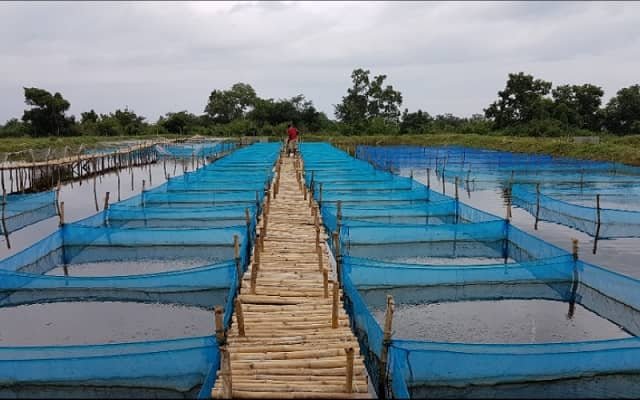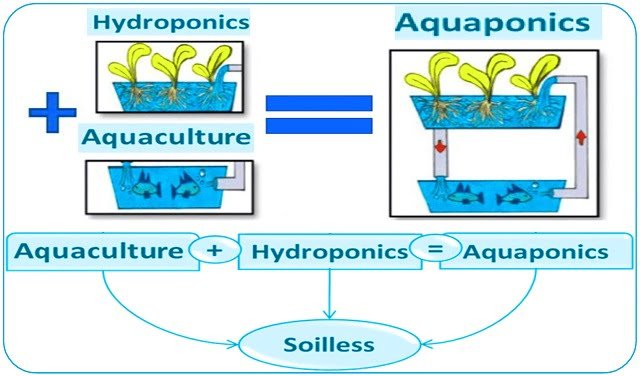By M. Toni
In recent years, teleost fish have been increasingly exploited as animal models for scientific research in both the biomedical and ecological fields by using various ‘omics’ approaches, as they offer several practical advantages compared with mammals or other vertebrates. Moreover, the number of fish raised in aquaculture farm is constantly increasing, as aquaculture is not only a massive industrial activity that integrates human diet with high-quality food, but it also helps in restocking fish populations for both commercial and conservation purposes. Consequently, ensuring fish welfare is important in both scientific research and aquaculture contexts. Despite some common elements, these two contexts differ at the level of the dimensional scale, objectives, husbandry conditions, species and number of captive fish maintained.
Dealing with animal health, it is important not to confuse the terms “welfare”, “wellness” and “stress”. A definition of welfare is not only based on physical health but also on the lack of mental suffering. Therefore, the concept of welfare is wider than the simple concept of wellness, which refers more to physical health and the avoidance of prolonged stress. Stress can be defined as a condition in which homeostasis, that is the dynamic balance of the animal organism, is disturbed by intrinsic or extrinsic stimuli, commonly called stressors. The stress response is an adaptive function and it does not necessarily signify suffering or poor welfare.
More information: http://blog.journals.cambridge.org/2018/12/19/fish-welfare-in-research-and-aquaculture/
Editor at the digital magazine AquaHoy. He holds a degree in Aquaculture Biology from the National University of Santa (UNS) and a Master’s degree in Science and Innovation Management from the Polytechnic University of Valencia, with postgraduate diplomas in Business Innovation and Innovation Management. He possesses extensive experience in the aquaculture and fisheries sector, having led the Fisheries Innovation Unit of the National Program for Innovation in Fisheries and Aquaculture (PNIPA). He has served as a senior consultant in technology watch, an innovation project formulator and advisor, and a lecturer at UNS. He is a member of the Peruvian College of Biologists and was recognized by the World Aquaculture Society (WAS) in 2016 for his contribution to aquaculture.




